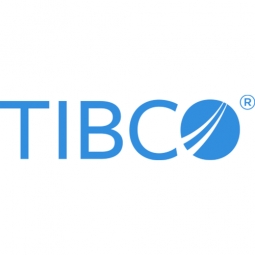TIBCO Software
Case Studies
Scandinavian Airline Service Flies High with TIBCO
Overview
 |
Scandinavian Airline Service Flies High with TIBCOTIBCO Software |
Application Infrastructure & Middleware - Data Exchange & Integration Application Infrastructure & Middleware - Middleware, SDKs & Libraries Platform as a Service (PaaS) - Connectivity Platforms | |
Transportation | |
Business Operation Logistics & Transportation | |
Fleet Management Predictive Maintenance Real-Time Location System (RTLS) | |
Software Design & Engineering Services System Integration | |
Operational Impact
| The integration platform was again very important in 2013 through 2014 when we had a huge project to change our main supplier for system operation and maintenance. During the transition to the new vendor, we moved very smoothly rerouting the integrations to each application. For us, the stability and reliability of this platform is key. We trust TIBCO. Our integration platform is central to our infrastructure environment. | |
| Our web app for 24/7 passenger check-in is an example of functionality enabled by the integration platform. Also, for the in-flight management system, there are a lot of messages that need to go through many processes and many systems. Real-time messaging allows us to have an overall smooth flight operation. | |
| It’s much easier for us to re-use services and messages now. It’s difficult to say how much we reuse, but our goal is at least 50%. We document integration specifications so we can see what we have, which helps when new requirements come in. The ICC supports all the projects and provides shared integration services. Because they are experts in this area, they maintain the platform. They have a very good understanding of all our implementations. | |
Quantitative Benefit
| Our goal is to reuse at least 50% of services and messages. | |


